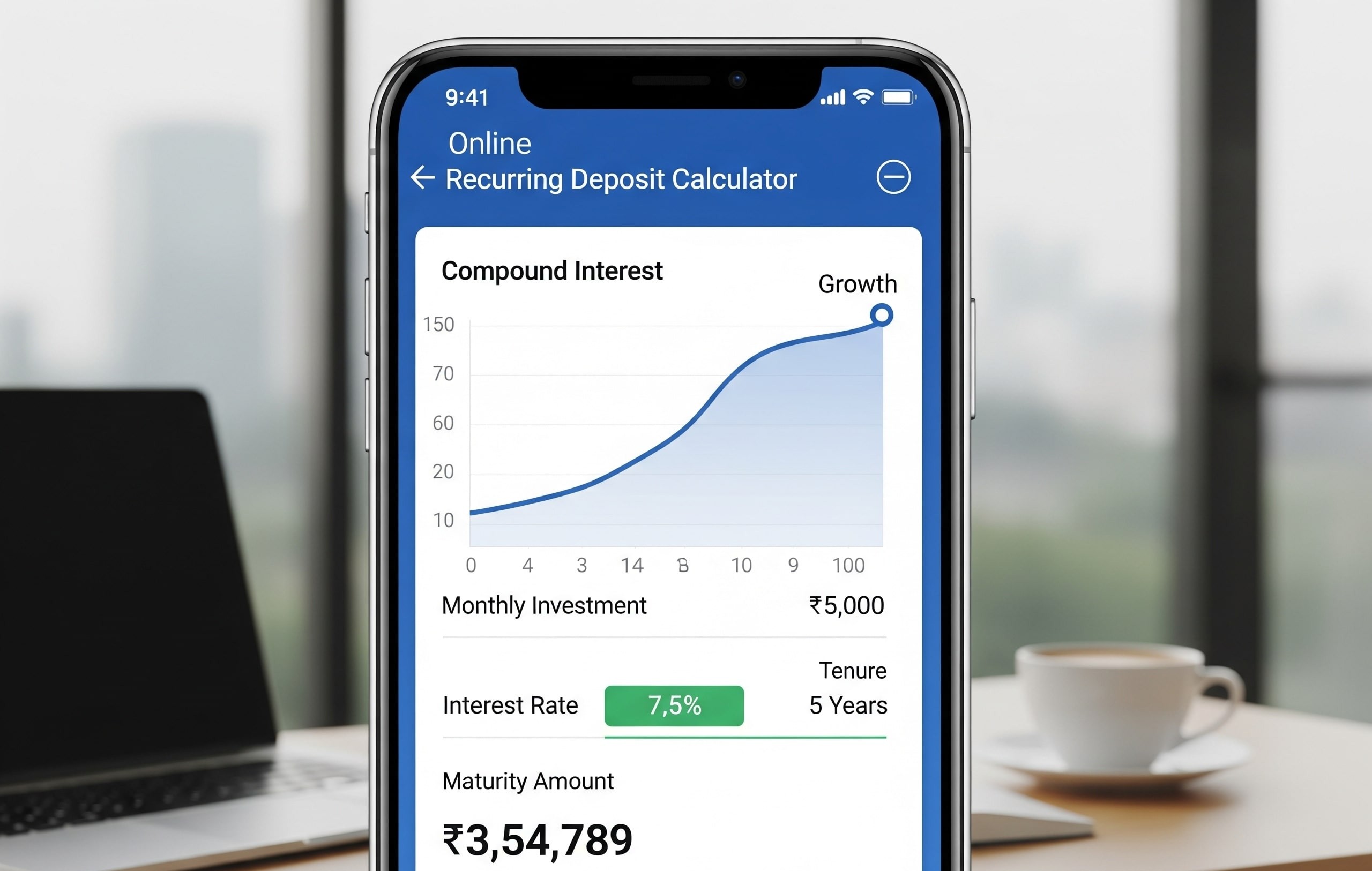Systematic Investment Plans (SIPs) are a convenient way to invest in mutual funds regularly. However, there may come a time when you decide to stop your SIP for various reasons, such as achieving your financial goal, reallocating funds, or changes in your financial situation. This article outlines the steps to stop a SIP and provides insights to help you make informed decisions.
What Is SIP Cancellation?
SIP cancellation refers to discontinuing your scheduled investments in a mutual fund. It stops the automatic deduction of funds from your bank account for purchasing mutual fund units.
Why Would You Want to Stop a SIP?
Stopping a SIP can be a strategic financial decision. Here are some common reasons:
- Goal Achievement: You have reached your investment objective.
- Fund Underperformance: The mutual fund is consistently delivering poor returns.
- Financial Constraints: A change in your financial situation, such as job loss or unexpected expenses.
- Portfolio Rebalancing: You wish to shift investments to a different fund or asset class.
- Better Opportunities: Availability of a higher-performing fund or investment option.
Also Read: What Is the Difference Between Regular and Direct Mutual Funds?
How Can You Stop a SIP?
Stopping a SIP is a straightforward process that can be done through various methods. Let’s explore the steps:
1. Through the Fund House Website/App
Most fund houses offer the option to stop SIPs online. Follow these steps:
- Log in to your account on the mutual fund’s website or app.
- Navigate to the SIP section or transaction history.
- Select the SIP you want to cancel.
- Click on the cancellation option and confirm your request.
2. Through Your Broker or Distributor
If you invested via a broker or distributor:
- Contact your broker or distributor and request SIP cancellation.
- Fill out any required forms if applicable.
- Your broker will process the request with the mutual fund house.
3. Through Your Bank
For SIPs registered via an ECS (Electronic Clearing Service) or NACH (National Automated Clearing House):
- Visit your bank’s branch or log in to your internet banking account.
- Cancel the ECS/NACH mandate linked to the SIP.
- Inform the mutual fund house about the mandate cancellation.
4. Offline Method
If you prefer the offline method:
- Visit the nearest branch of the mutual fund house.
- Fill out the SIP cancellation form.
- Submit the form along with any required documents.
Key Points to Consider Before Stopping a SIP
- Exit Load: Some funds charge an exit load if you redeem units within a specified period. Ensure you understand the implications.
- Tax Implications: Redeeming units may trigger capital gains tax. Consider the tax impact before making a decision.
- Reinvestment Plan: Plan how you will reallocate the funds from the discontinued SIP.
- Fund Re-Evaluation: If the fund’s performance has been poor, evaluate whether switching to another fund is a better option.
Also Read: ETF Vs Mutual Fund: Check Difference
FAQs About Stopping SIP
1. Can I Restart a SIP After Stopping It?
Yes, you can restart a SIP anytime by registering a new SIP with the mutual fund house or your broker. Ensure you assess your financial situation before restarting.
2. Will I Lose Money If I Stop a SIP?
Stopping a SIP does not result in financial loss. Your existing units will remain invested, and their value will fluctuate based on market performance. However, you will miss out on the benefits of regular investing.
3. Is There a Penalty for Stopping a SIP?
Most fund houses do not charge a penalty for stopping SIPs. However, check the terms and conditions of your mutual fund before proceeding.
Advantages and Disadvantages of Stopping a SIP
Advantages:
- Frees up funds for other financial needs or opportunities.
- Allows reallocation to better-performing funds or assets.
- Helps manage cash flow during financial constraints.
Disadvantages:
- Discontinuing SIPs may disrupt your long-term financial planning.
- You might lose the benefits of rupee cost averaging.
- Could lead to missed growth opportunities if the market performs well.
Conclusion
Stopping a SIP is a simple process that requires careful consideration. Evaluate your financial goals, the performance of the mutual fund, and potential tax implications before making a decision. If needed, consult with a financial advisor to align your actions with your overall financial plan.
More related stories:
ULIP plans vs mutual funds – which is the better investment
Mutual Funds Are Subject To Market Risk
What is HDFC Life Opportunity Fund?
Hello there, my name is Phulutu, and I am the Head Content Developer at Nivesh Karlo. I have 13 years of experience working in fintech companies. I have worked as a freelance writer. I love writing about personal finance, investments, mutual funds, and stocks. All the articles I write are based on thorough research and analysis. However, it is highly recommended to note that neither Nivesh Karlo nor I recommend any investment without proper research, and to read all the documents carefully.






Leave a Reply